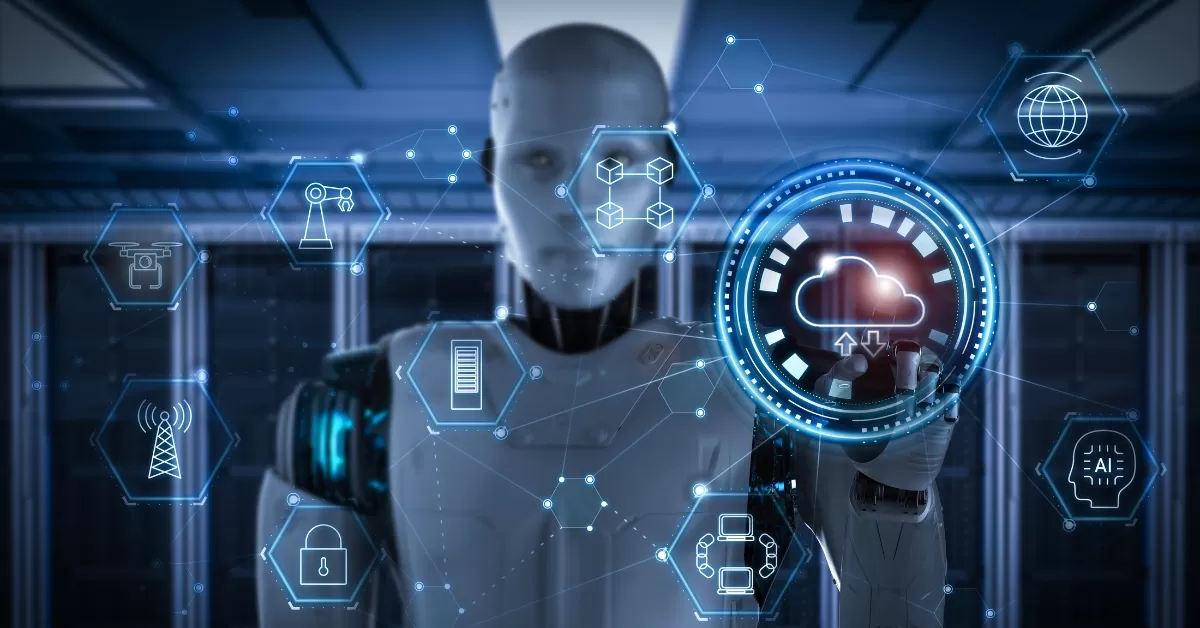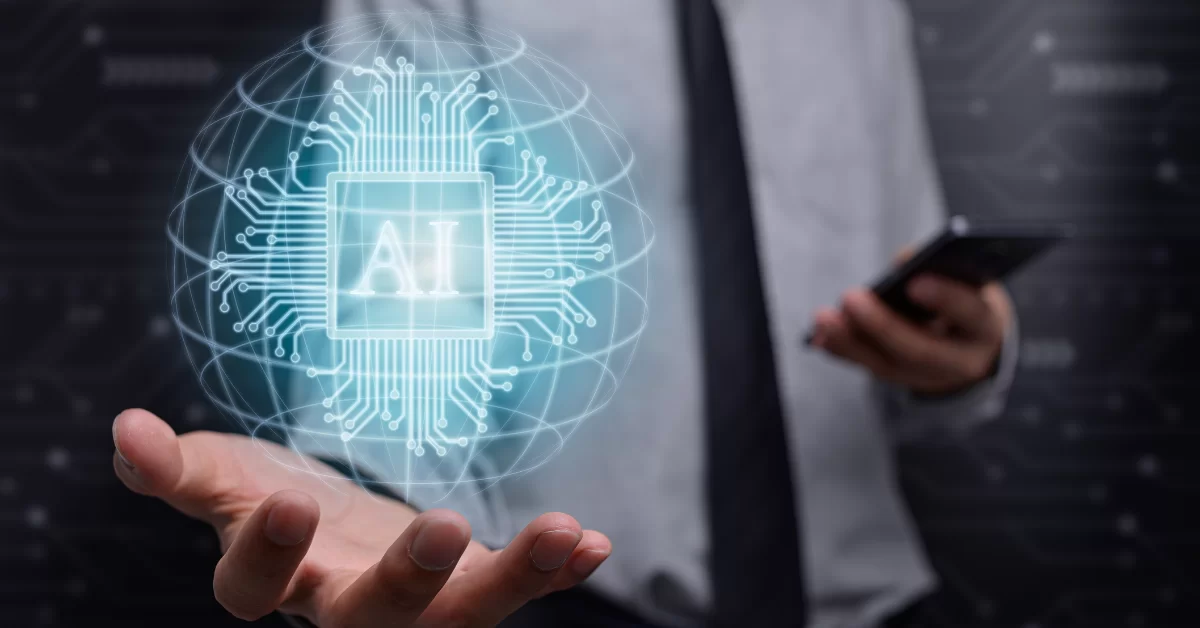How AI Has Changed The World of Cybersecurity

4 min read | By Postpublisher P | 30 August 2023 | Technology
In the digital age, our reliance on the internet has reached unprecedented levels, permeating almost every aspect of our lives. From communication and information access to shopping and entertainment, the internet has become an essential medium. However, this increased dependence on the digital realm has given rise to significant concerns about security.
This is where cybersecurity, the practice of protecting computer systems, networks, and data from unauthorised access and malicious activities, comes in. It is a dynamic field that is continuously evolving and adopting new strategies and tools to meet new challenges. One of the recent adaptations to cybersecurity is the use of artificial intelligence (AI).
What Is AI?
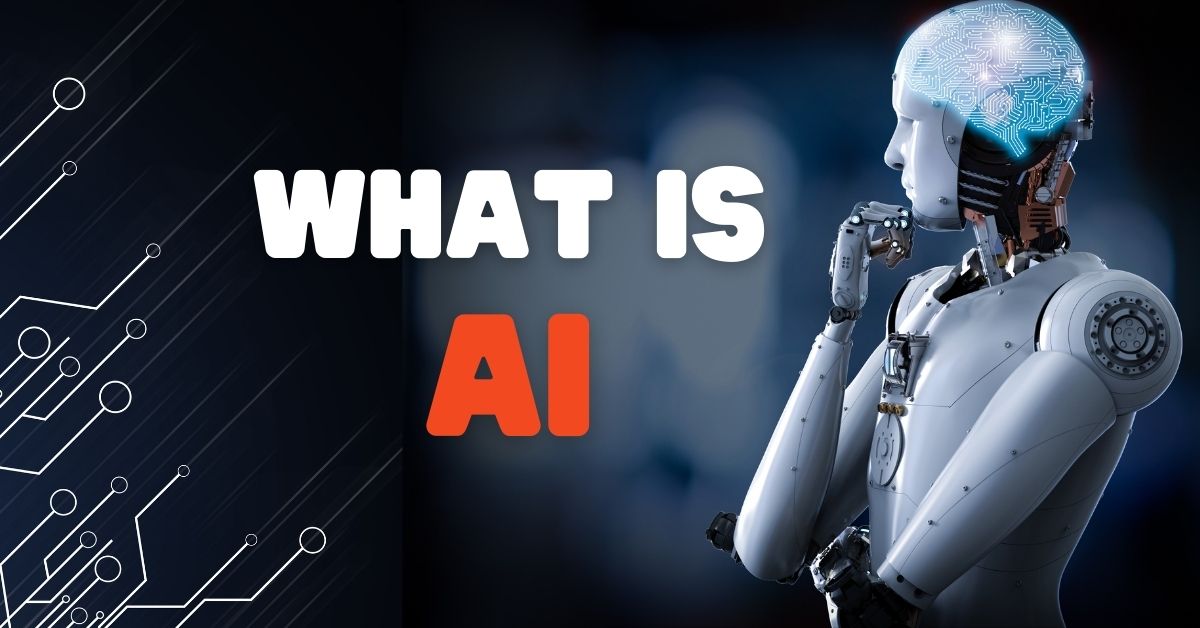
Artificial intelligence (AI) is the simulation of human intelligence in machines programmed to mimic cognitive functions such as learning, problem-solving, and decision-making. AI systems utilise algorithms and data to process information, recognize patterns, and make intelligent predictions or recommendations. They are based on technologies such as neural networks, which consist of interconnected layers of artificial neurons that process and transmit data. Additionally, AI relies on large datasets for training and fine-tuning models, as well as powerful hardware and cloud computing infrastructure to handle the computational demands.
What To Know About Cybersecurity?
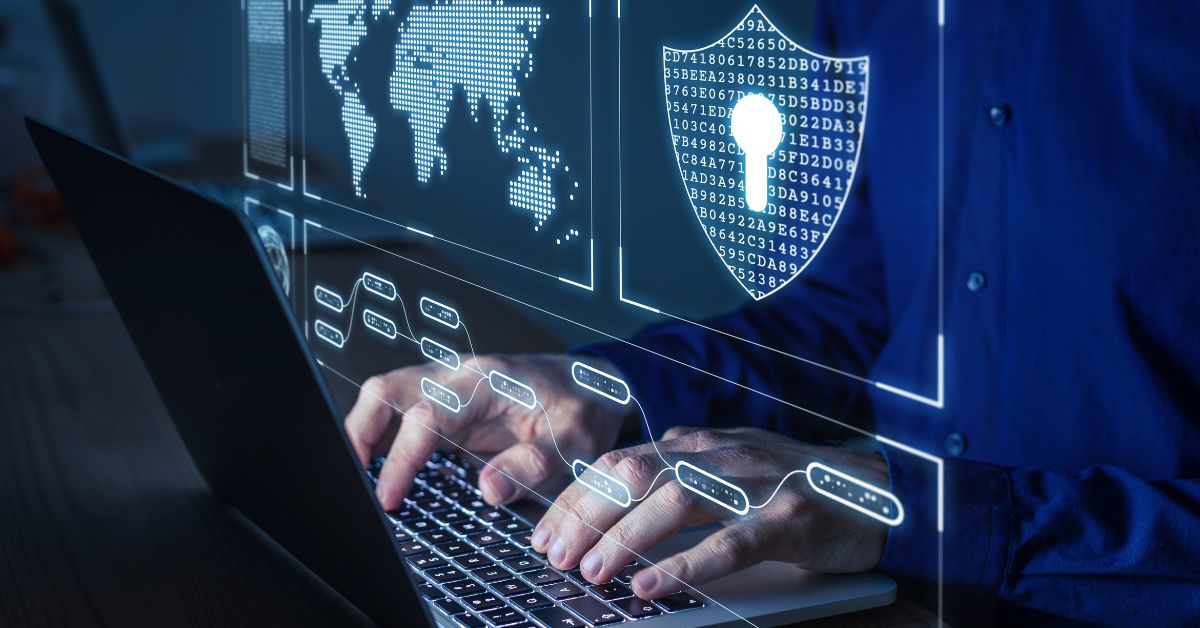
Cybersecurity is a vast and complex field. With the ever-increasing reliance on technology, its importance has become paramount. While the field covers a broad range of topics and techniques, there are vital aspects that form the foundation of effective cybersecurity practices.
1. Threat Landscape
Cybercriminals continually devise new ways to exploit vulnerabilities in computer systems and networks. Understanding the latest types of cyber attacks, such as malware, phishing, ransomware, and social engineering, is crucial for individuals and organisations alike. This regularly updated knowledge allows for better risk assessment, implementation of appropriate security measures, and the ability to recognize potential threats before they cause significant harm.
2. Security Measures
Taking a proactive approach to security helps safeguard valuable assets and maintains the integrity and confidentiality of sensitive information in an increasingly interconnected digital world. This includes using strong, unique passwords, enabling two-factor authentication, keeping software and systems up to date with patches and updates, and using reputable antivirus and firewall solutions. Regular data backups are also essential to mitigate the impact of potential breaches.
3. Data Privacy
With the increasing digitization of personal information, understanding and adhering to data protection regulations is essential. Regulations like the General Data Protection Regulation (GDPR) require organisations to implement strong privacy practices, including obtaining consent for data collection and usage, providing transparent privacy policies, and ensuring secure storage and processing of personal data.
Complying with these regulations not only protects users’ privacy rights but also helps organisations avoid severe financial penalties and reputational damage.
4. Incident Response
Despite the use of various preventive measures, breaches and security incidents can still occur. Establishing an incident response plan is essential to effectively and efficiently mitigate the impact of such events. This plan outlines the necessary steps to be taken in the event of a cyber-attack or data breach. It involves identifying key stakeholders, establishing communication channels, and defining roles and responsibilities for incident handling. Regular testing and updating of the plan helps to ensure its effectiveness.
How AI has Changed the World of Cybersecurity
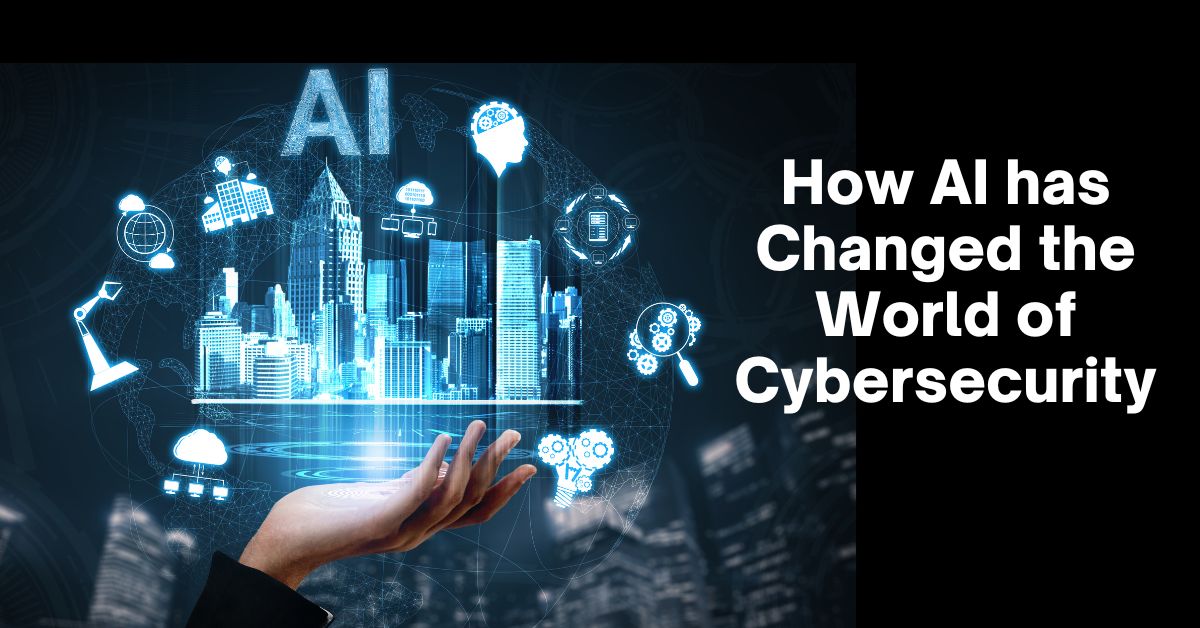
AI has significantly transformed the world of cybersecurity, bringing new capabilities and advancements that have proven valuable.
1. Threat Detection and Prevention
By analysing massive amounts of data and leveraging machine learning algorithms, AI-powered systems can quickly identify patterns and anomalies indicative of potential cyber threats. This real-time detection and prevention capability allows agencies and companies to stay ahead of cybercriminals, mitigating potential damage and preventing data breaches.
2. Real-Time Monitoring and Response
These advanced systems continuously analyse network traffic, system logs, and user behaviour to swiftly detect suspicious activities. Thus they can identify potential security incidents in real time, enabling them to respond promptly and effectively. This immediate detection of threats reduces the time between identification and mitigation, minimising the potential damage caused by cyber-attacks.
3. User Authentication and Access Control
AI-powered authentication systems utilise advanced algorithms to analyse multiple factors, such as biometric data, user behaviour, and contextual information. This comprehensive analysis enhances the accuracy and security of verifying user identities. By incorporating AI, agencies and companies can implement robust and dynamic authentication measures, ensuring that only authorised individuals can access certain information and infrastructure.
4. Automated Incident Response
With the ability to swiftly analyse and correlate vast amounts of data, AI-powered systems can automate incident response processes. This includes isolating infected systems, quarantining malware, and initiating remediation measures without human intervention. Automating these responses significantly reduces response times and prevents the further spread of threats.
Conclusion
AI has undeniably transformed cybersecurity in a positive manner. Through extensive research, increased investment, and technological advancements, AI has become a powerful and efficient tool in bolstering cybersecurity measures. As we move forward, it is expected to further enhance its capabilities and contribute significantly to safeguarding digital systems. Nevertheless, it is crucial to recognize that cybersecurity begins with individual responsibility.
While relying on AI for protection, it is equally important to adopt a proactive approach and take steps to safeguard yourself and your data. By doing so, we can complement the power of AI, thereby ensuring a robust defence against cyber threats in the ever-evolving digital landscape.
The latest from our editors
Join over 150,000+ subscribers who get our best digital insights, strategies and tips delivered straight to their inbox.

